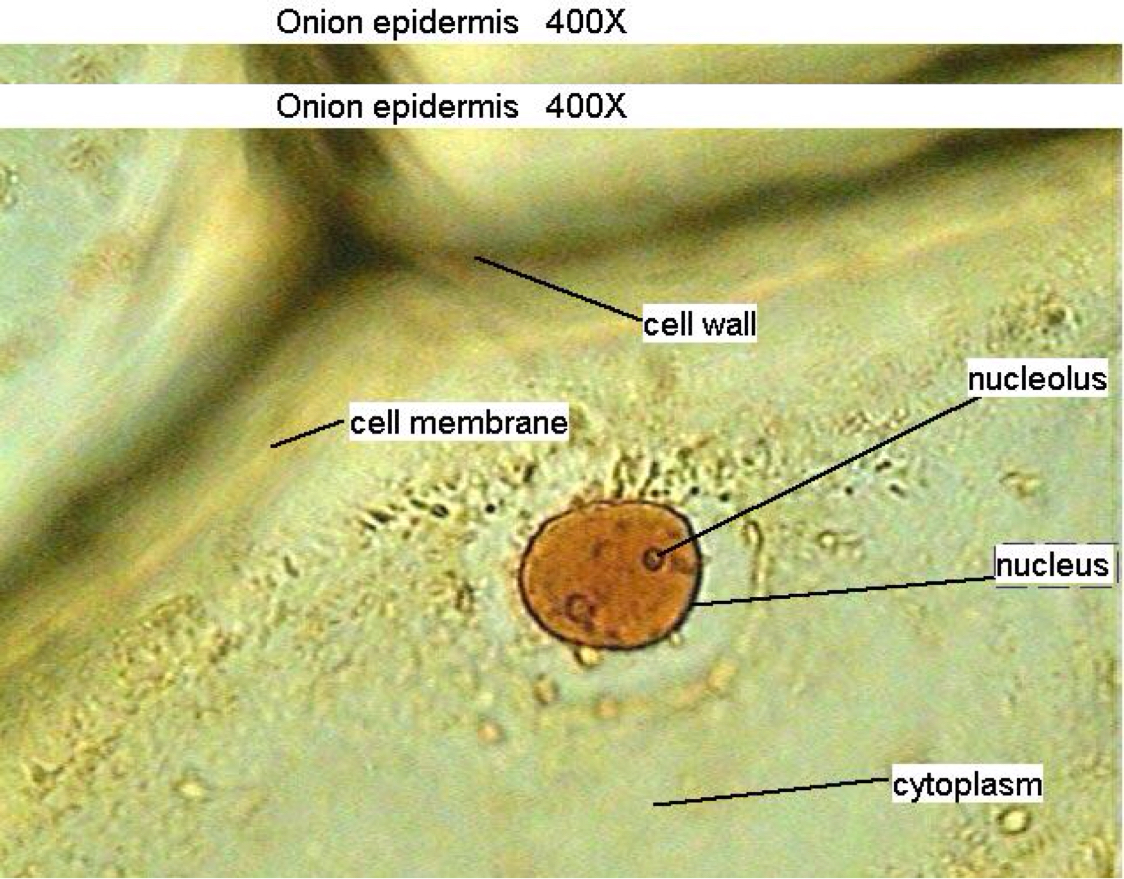
Onion Cell Under Microscope Labeled Drawing apostolicavideo
Next, prepare a slide of plant cells by placing five drops of distilled water into a clean watch glass. Then, with forceps, take a thin strip of onion and place it into the water. Apply 5 drops of safranin solution to another watch glass. Now using a pair of forceps transfer the piece of onion from the distilled water into the safranin.

onion cells Google Images Biology art, Microscopy art, Nature inspiration
To answer your question, onion cells (you usually use epithelial cells for this experiment) are 'normal' cells with all of the 'normal' organelles: nucleus, cytoplasm, cell wall and membrane, mitochondria, ribosomes, rough and smooth endoplasmic reticulum, centrioles, Golgi body and vacuoles.
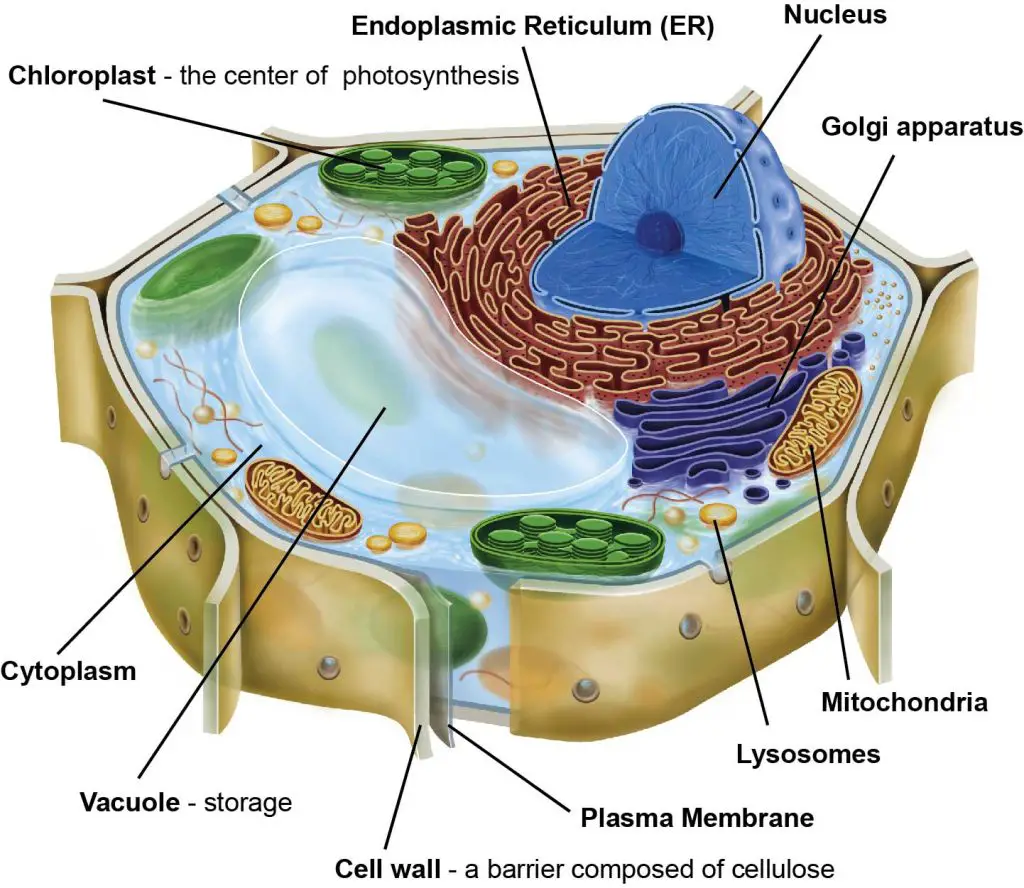
Lesson 3 Onion Dissection & “Look at the Plant Cells” Rs' Science
Part 1: The Onion Cell. Biologists frequently study the onion cell (Figure 14) because onions are readily available and their cells provide a clear view of all the basic characteristics of plant cell structure. The onion's large cells can be seen easily under a microscope and also used to teach the fundamentals of cell biology. The skin (or.

The layer present over the cell membrane in an onion cell is called
Updated July 11, 2019 By Peg Robinson Onions have a long history of human use, originating in southwestern Asia but having since been cultivated across the world. Their strong odor — actually a defense mechanism — and unique structure belie a complex internal makeup, composed of cell walls, cytoplasm, and the vacuole.
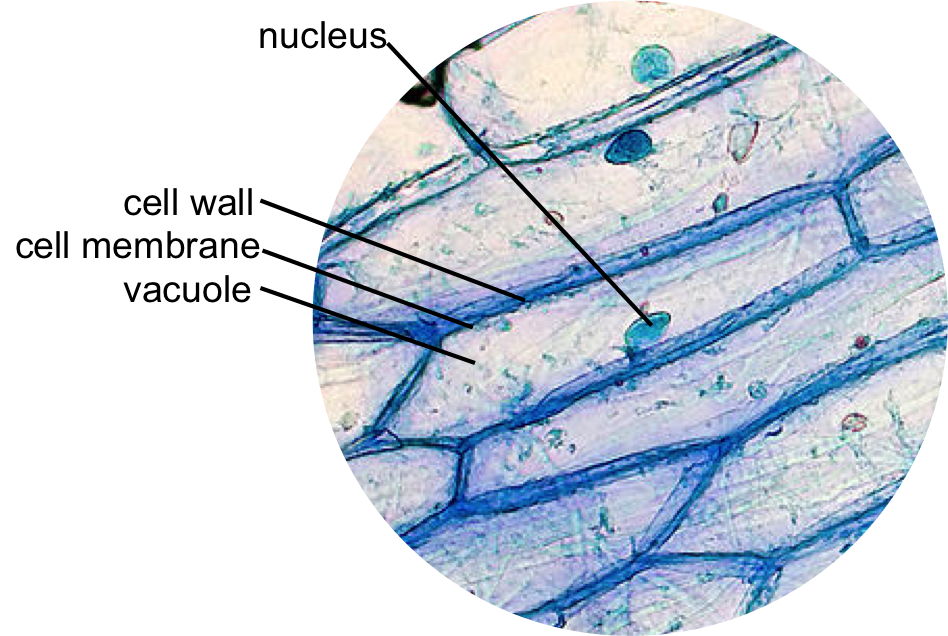
Epidermal onion cells under a microscope. Plant cells appear polygonal from the Cell diagram
What do onion cells look like under the microscope? Studying cell tissues from an onion peel is a great exercise in using light microscopes and learning about plant cells, since onion cells are highly visible under a microscope, especially when stained correctly.
FileRed Onion Cells.JPG Wikipedia
Fill out the Venn diagram below to show the differences and similarities between the onion cells and the Elodea cells. This page titled 1.5: Cells is shared under a CC BY-SA 4.0 license and was authored, remixed, and/or curated by Susan Burran and David DesRochers.
Mitochondria In Onion Peel Cell Diagram Debsartliff
Figure 10.1.5 10.1. 5: A micrograph of a cell nucleus. The nucleolus (A) is a condensed region within the nucleus (B) where ribosomes are synthesized. The nucleus is surrounded by the nuclear envelope (C). Just oustide the nucleus, the rough endoplasmic reticulum (D) is composed of many layers of folded membrane.

Onion peel cell diagram Cell diagram, Museum exhibition design, Exhibition design
What to do: Place the ruler on the microscope stage under the low power objective lens. Move the ruler so the edge with the scale can be focused in the centre of the field of view of the microscope, as in Diagram 1 below. Diagram 1: The field of view of a microscope. Use the scale to measure the field of view of your microscope.

draw the figure of an onion peel showing cell Brainly.in
The graphic shows that the majority of the cells are in interphase, and students are asked to calculate the percentage. The cells are drawings, but they are meant to model real cells in mitosis. The graphic shown below compares drawings to real cells. Part of my biology class is helping students navigate diagrams and data.
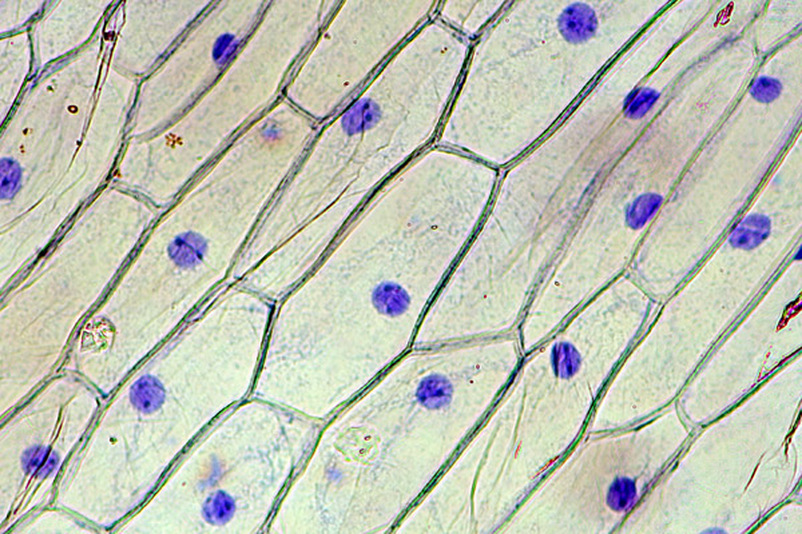
Onion Cell
The cells are the functional units of all organisms. All cells arise from preexisting cells. All cells share common features such as having a plasma membrane, a cytoplasm, DNA, and ribosomes. A plasma membrane is a phospholipid bilayer that surrounds the cell. This thin and fluid layer around the cells serves to isolate the cell's contents.
[Solved] Drawing of an onion cell in interface. 6. Prepare a biological... Course Hero
An onion is a multicellular (consisting of many cells) plant organism. As in all plant cells, the cell of an onion peel consists of a cell wall, cell membrane, cytoplasm, nucleus and a large vacuole. The nucleus is present at the periphery of the cytoplasm. The vacuole is prominent and present at the centre of the cell.

Beautiful World Onion cells
Epidermal cells of the onion bulb assemble a pectin-rich polylamellate outer wall that is readily isolated as centimeter-scale strips by peeling, lending itself to wide-ranging techniques for structural analysis, including spectroscopy, mechanics, and microscopy. Extending this toolkit, Nicolas et al., in a new study in this issue of Current.

Biology LectureHub
Fig. 1 dye, pin, onion membrane, slide, and cover slip Fig. 2 A simple student's microscope Tissue from an onion is a good first exercise in using the microscope and viewing plant cells. The cells are easily visible under a microscope and the preparation of a thin section is straight forward.
Onion cells slide (80× magnification) microbiology
The Onion Peel Cell Experiment is a popular and educational activity used to observe and understand the structure of plant cells. This experiment focuses on the onion, a eukaryotic plant known for its multicellular composition. As we delve into this experiment, we explore the essential components that make up a cell, the building blocks of life.

onion cell diagram Laceness
Figure 10.3.1.1 10.3.1. 1: Cells in an onion root in interphase and prophase. Cell A has a large, dark nucleolus surrounded by greyish material (chromatin) that is enclosed within the nuclear membrane. A cell wall makes a box around each cell and the plasma membrane would be located just inside this box, though we cannot easily see it.

Nuclei of onion cells Cell, Nucleus, Homeschool
Procedure. Peel a small portion of the delicate epidermis covering the inner surface of an onion scale and place it on a slide. Make a wet mount by covering the piece of epidermis with Iodine solution and a cover slip. Reduce the amount of light passing through the preparation. Draw several cells.